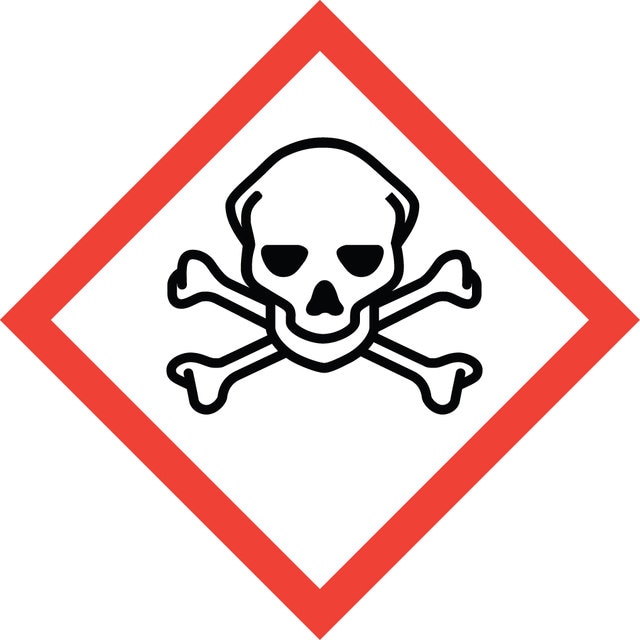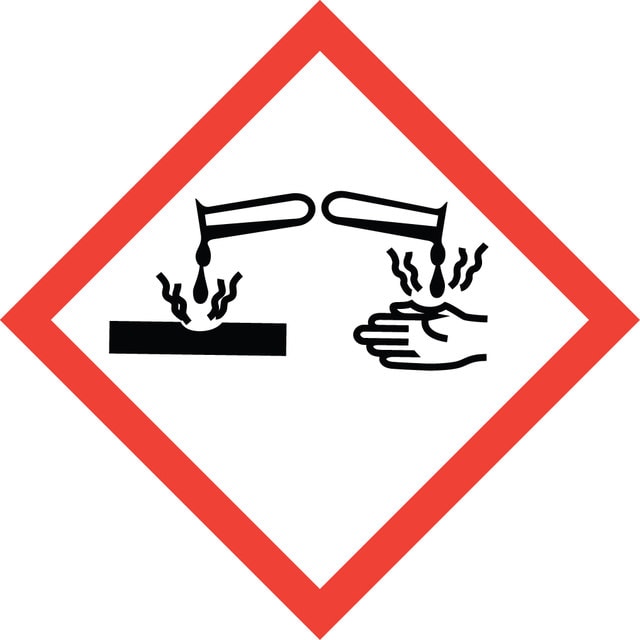Sign In to View Organizational & Contract Pricing
Select a Size
About This Item
Linear Formula:
(H2C=CHCO2)2Zn
CAS Number:
Molecular Weight:
207.50
EC Number:
MDL number:
UNSPSC Code:
12162002
PubChem Substance ID:
NACRES:
NA.23
Quality Level
Assay
98%
form
powder
mp
240-244 °C (lit.)
SMILES string
C=CC(=O)O[Zn]OC(=O)C=C
InChI
1S/2C3H4O2.Zn/c2*1-2-3(4)5;/h2*2H,1H2,(H,4,5);/q;;+2/p-2
InChI key
XKMZOFXGLBYJLS-UHFFFAOYSA-L
Related Categories
General description
Zincacrylate is a compound that belongs to the class of acrylate polymers, whichare known for their versatile applications in various fields, including biomedicine.In the biomedical field, zinc acrylate is primarily recognized for its use indental materials, drug delivery systems, and tissue engineering. In dental applications, zinc acrylate is often used in dental adhesives and restorative materials dueto its excellent bonding properties and biocompatibility.
Application
Zinc acrylate can be used as a:
- A monomer in the development of zinc oxide (ZnO) thin films via photopolymerization reaction. ZnO thin films exhibit favorable characteristics for use in optoelectronic devices, such as sensors, light-emitting diodes (LEDs), and photovoltaic cells. The incorporation of zinc acrylate allows for tunable properties, making these films versatile for various applications in the field of electronics and photonics.
- A key component in the formulation of gelatin/poly(zinc acrylate) hydrogel stent. Zinc acrylate incorporated into the gelatin-based hydrogel to enhance its mechanical properties contributing to its performance and suitability for use in medical applications.
- A monomer used in the synthesis of fluorescent resins through the incorporation of coumarin acid structures. The resultant fluorescent zinc acrylate resins exhibit improved antifouling properties, which are crucial for applications in marine environments.
- A monomer in the development of a poly zinc acrylate (PZA) coating that enhances the performance and stability of zinc anodes in aqueous Zn metal batteries, contributing to their high reversibility and longevity.
Signal Word
Danger
Hazard Statements
Precautionary Statements
Hazard Classifications
Acute Tox. 3 Dermal - Acute Tox. 4 Oral - Aquatic Acute 1 - Eye Dam. 1
Storage Class Code
6.1C - Combustible acute toxic Cat.3 / toxic compounds or compounds which causing chronic effects
WGK
WGK 3
Flash Point(F)
Not applicable
Flash Point(C)
Not applicable
Personal Protective Equipment
dust mask type N95 (US), Eyeshields, Gloves
Choose from one of the most recent versions:
Already Own This Product?
Find documentation for the products that you have recently purchased in the Document Library.
Mille B L Kryger et al.
Chemical communications (Cambridge, England), 49(26), 2643-2645 (2013-02-23)
Chemi-enzymatic synthesis of ribavirin acrylate and subsequent RAFT co-polymerization with acrylic acid afforded a formulation of a broad spectrum antiviral drug which avoids accumulation in erythrocytes, the origin of the main side effect of ribavirin. In cultured macrophages the macromolecular
Liang Hu et al.
Chemical communications (Cambridge, England), 49(26), 2649-2651 (2013-02-22)
We present the hysteresis of the response of the poly(N-isopropylacrylamide)-co-acrylic acid microgel-based etalons to solution temperature and pH changes. We find that the optical hysteresis of the etalon can be controlled using various solution ionic strengths and/or counterions, as well
M Drozd et al.
Spectrochimica acta. Part A, Molecular and biomolecular spectroscopy, 105, 135-148 (2013-01-10)
The X-ray and vibrational spectroscopic analysis of a new molecular complex of guanidine and acrylic acid are reported. The crystal of C(NH(2))(2)(NH)(*)CH(2)=CHCOOH belongs to Pna2(1) space group of orthorhombic system with Z=4, a=9.9242(34) Å, b, c=8.3951(14) Å. In the crystal
Xiaobei Wang et al.
Macromolecular bioscience, 12(11), 1575-1582 (2012-10-09)
Comb-shaped glycopolymer/peptide bioconjugates are constructed by grafting reduced glutathione (GSH) onto acrylate-functional block glycocopolymers via thiol-ene click chemistry. In aqueous solution, the glycopolymer/GSH bioconjugate self-assembles to sugar-installed spherical micelles. The size of micelles decreases with increasing pH, demonstrating pH-responsive character.
Mehmet Cinar et al.
Spectrochimica acta. Part A, Molecular and biomolecular spectroscopy, 104, 428-436 (2013-01-01)
The optimized geometrical structure, vibrational and electronic transitions, chemical shifts and non-linear optical properties of ethyl trans-alfa-cyano-3-indole-acrylate (C(14)H(12)N(2)O(2)) compound were presented in this study. The ground state geometrical structure and vibrational wavenumbers were carried out by using density functional (DFT/B3LYP)
Our team of scientists has experience in all areas of research including Life Science, Material Science, Chemical Synthesis, Chromatography, Analytical and many others.
Contact Technical Service

